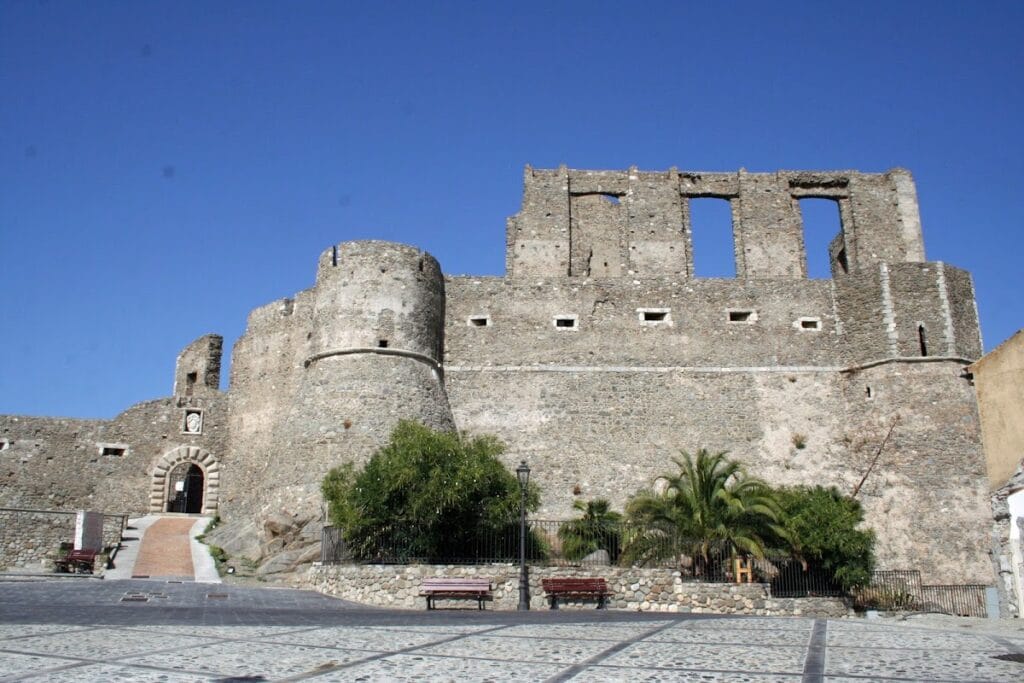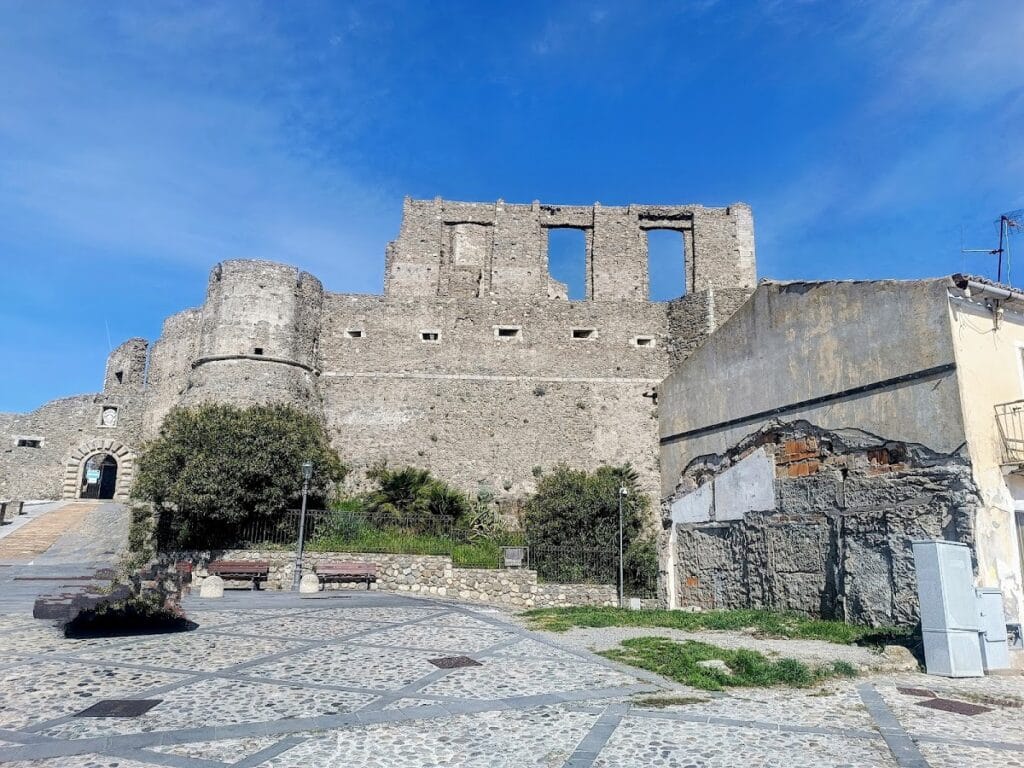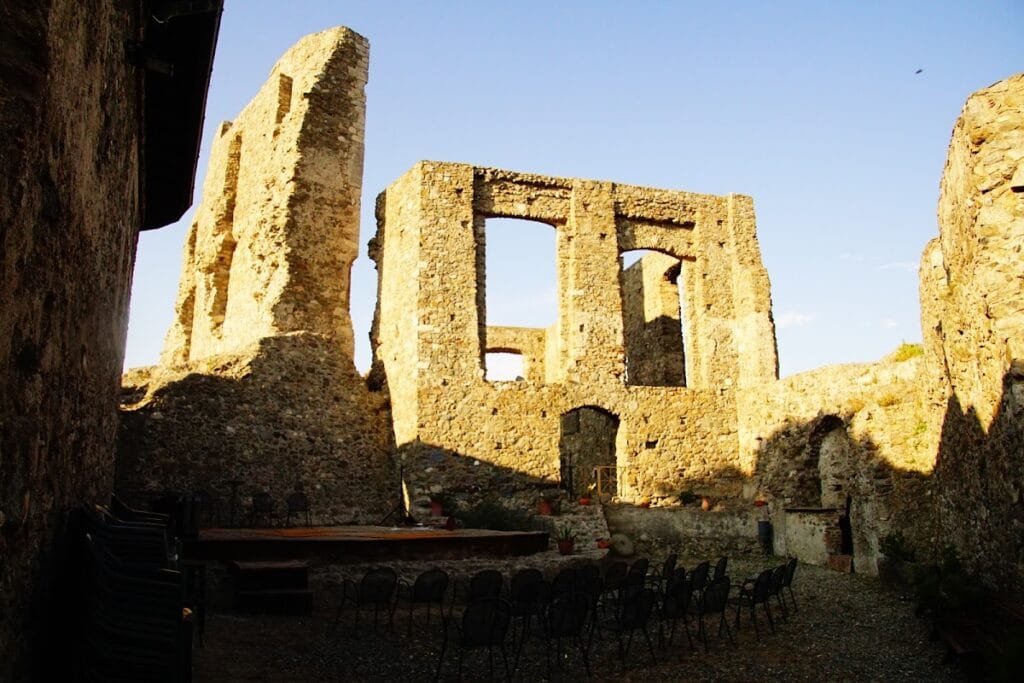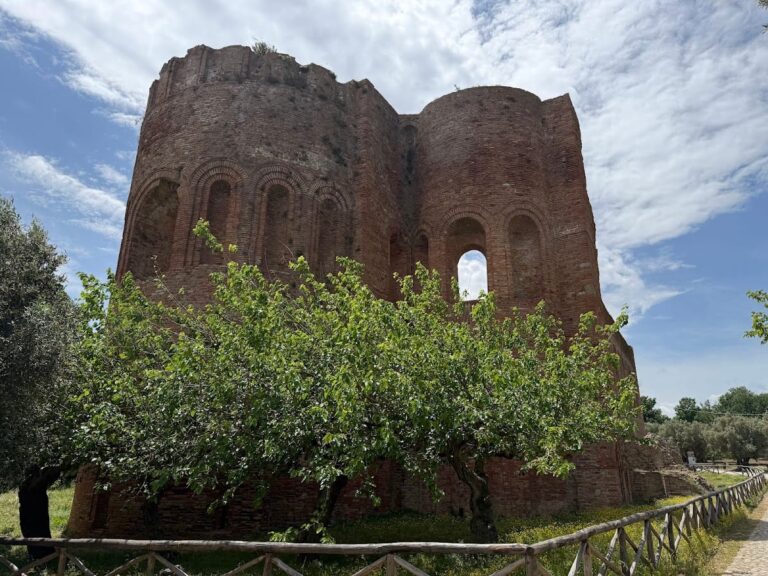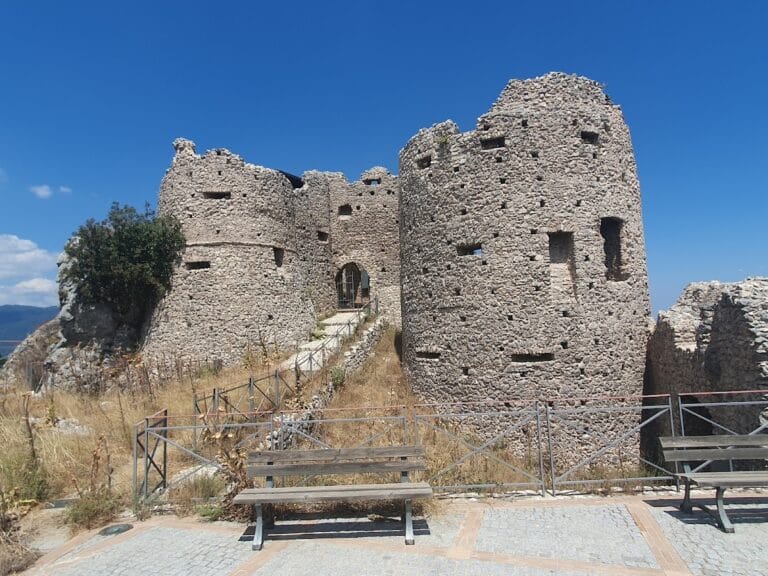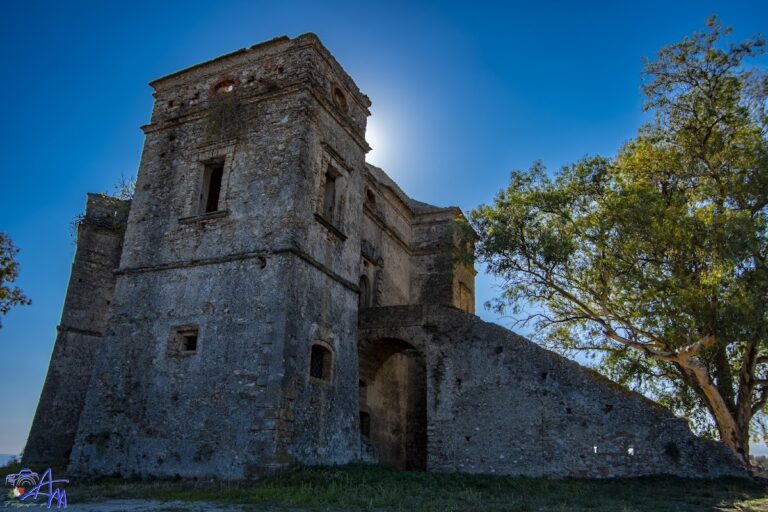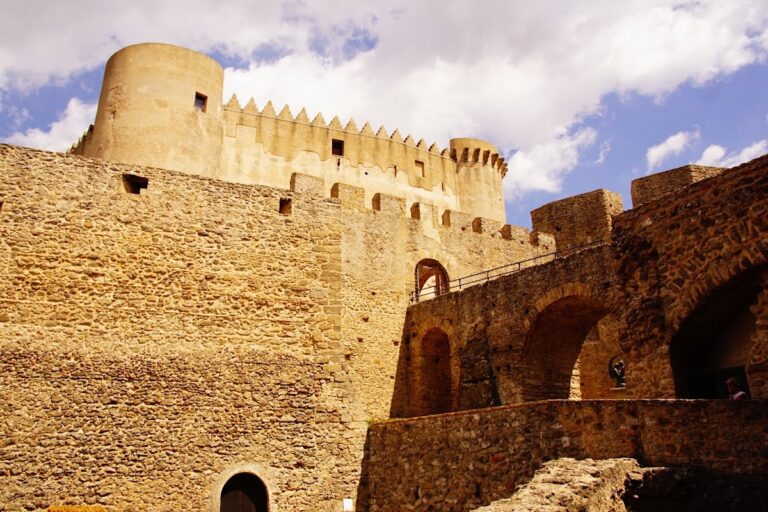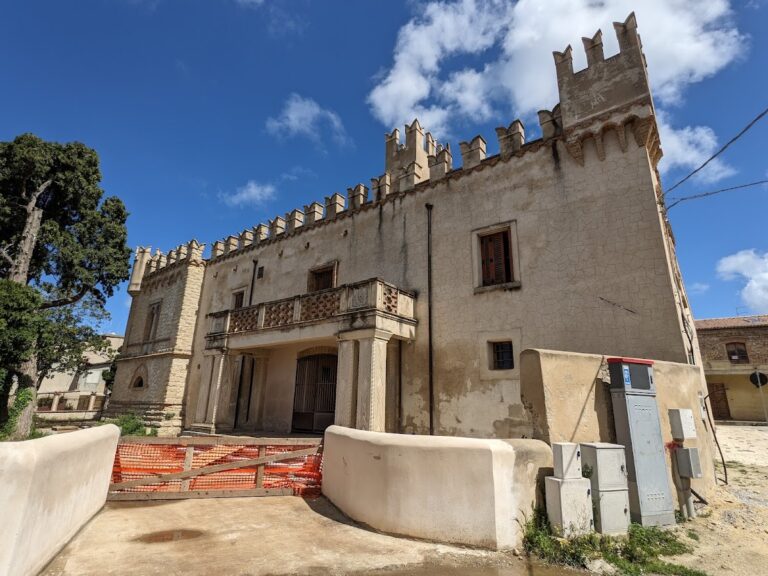Borgia Castle: A Historic Fortress in Squillace, Italy
Visitor Information
Google Rating: 4.4
Popularity: Medium
Google Maps: View on Google Maps
Country: Italy
Civilization: Medieval European
Remains: Military
History
Borgia Castle is located in the municipality of Squillace, Italy. Its origins trace back to the 6th century when the site first housed a monastery established by Cassiodorus, a prominent Roman statesman and scholar. This religious foundation later evolved into a Byzantine fortress, known locally as a “Kastron,” reflecting its role as a defensive stronghold during the Byzantine period.
Following the Norman conquest of Calabria in the late 11th and early 12th centuries, the current castle was erected as part of their efforts to secure the region. It was strategically positioned along the Via Tirrenica, an important coastal route, to guard the nearby town of Mileto. Over the next several centuries, the castle became a prized possession, passing through the hands of several noble families such as the Lancia, Monfort, Del Balzo, and Marzano families from the 13th to the 15th centuries.
In the late medieval period, control of the castle shifted to King Frederick I of Naples before it came under the Borgia family after 1494. This transition coincided with the marriage of Jofré Borgia to Sancha of Aragon, linking two powerful dynasties. The Borgias maintained their rule at the site until 1729, when their lineage ended without heirs. Later, in 1755, ownership transferred to the De Gregorio family. The castle also endured significant damage during the 1783 earthquake that struck Calabria.
Archaeological investigations in the late 20th and early 21st centuries have shed further light on the castle’s long history. Excavations by the École française de Rome in the 1990s uncovered two skeletons dating from the 13th or 14th century, prompting scholarly debate about their relationship, whether as lovers, siblings, or warriors. Additionally, a necropolis from the second half of the 11th century was revealed in 2008, containing 22 graves with precious items such as gold earrings and ivory combs, alongside traces of funerary feasts, highlighting the area’s importance throughout the medieval period.
Remains
Borgia Castle is primarily constructed from local granite, a material characteristic of Norman military architecture in the region and distinct from the brick commonly used in other Calabrian fortifications. The castle’s most ancient element is a large rectangular donjon, measuring approximately 10 by 11.5 meters. This central tower is thoughtfully arranged across several levels: the ground floor served as a cistern for water storage; the first floor contained the main entrance and space for gatherings; the second floor housed private chambers; while the rooftop terrace provided wide views over the surrounding landscape.
In the 12th century, defensive enhancements included a stone wall around the donjon, complemented by an open-air corridor with a zigzag design intended to slow potential attackers. Later, Emperor Frederick II reinforced the donjon and expanded the castle’s defensive perimeter by adding a second wall with a polygonal tower. Alongside these fortifications, he commissioned the construction of a rectangular hall known as “Il Palazzo,” which featured baths supplied with both hot and cold water, along with a rainwater cistern situated between the donjon and the palace to support the complex’s water needs.
Subsequent changes came under Angevin rulers, who improved the castle’s defenses by adding a round tower guarding its main entrance. The Borgias introduced the last significant architectural transformation by building a large palace on the site previously occupied by Frederick II’s palace. The main entrance today is marked by a portal exhibiting bossage stonework — masonry with raised, rough-cut stones — and bears a marble coat of arms belonging to the Borgia family, installed following their acquisition of the castle after 1494.
Archaeological findings have also revealed the presence of a medieval necropolis from the 11th century near the site, featuring 22 graves accompanied by valuable personal items and evidence of funerary rituals. These discoveries emphasize the long-term habitation and significance of the castle’s environs well beyond its military and residential functions.
